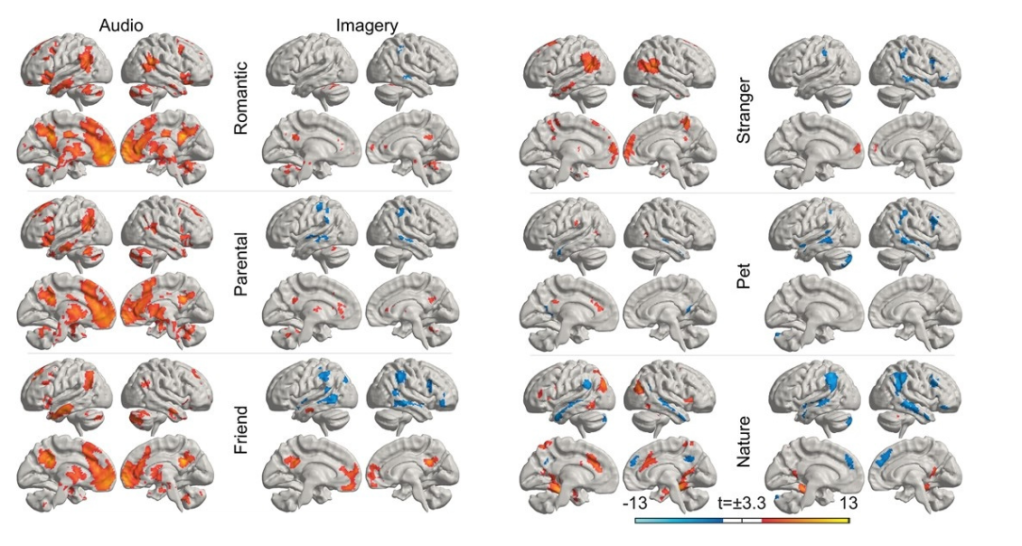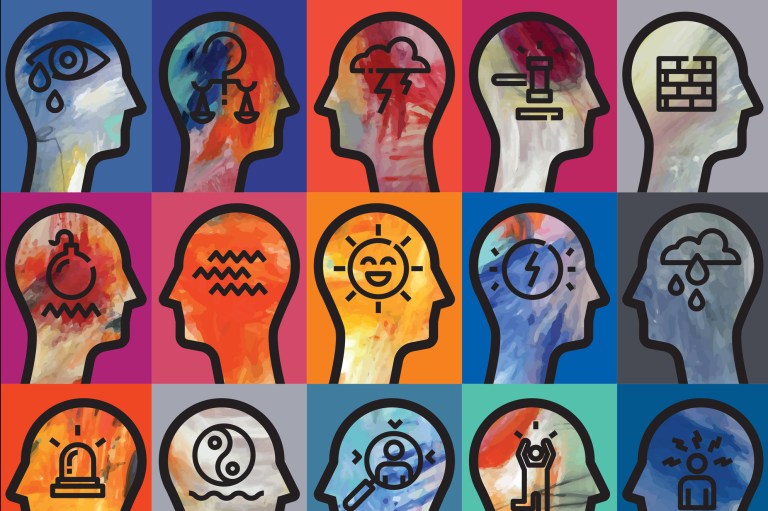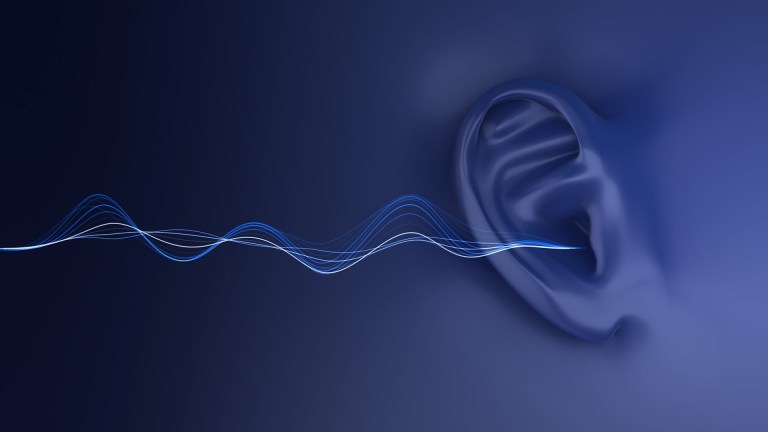Where is love? Turns out Oliver Twist isn’t the only one asking — the question has been on scientists’ minds as well (though they likely don’t express it in quite as pretty a soprano). Now, a new study out of Finland’s Aalto University has identified where six types of love reside in the brain.
The researchers, who published their findings in the journal Cerebral Cortex, measured brain activity using functional magnetic resonance imaging, or fMRI. To pinpoint the areas that light up for love, 55 parents, self-described as being in loving relationships, were played short, recorded stories related to love for a child, romantic partner, friend, stranger, pet, and nature.
“We now provide a more comprehensive picture of the brain activity associated with different types of love than previous research,” study co-author Pärttyli Rinne said in a statement. “The activation pattern of love is generated in social situations in the basal ganglia, the midline of the forehead, the precuneus, and the temporoparietal junction at the sides of the back of the head.”
Love for one’s children generated the strongest brain activity, with romantic love a close second. “In parental love, there was activation deep in the brain’s reward system in the striatum area while imagining love, and this was not seen for any other kind of love,” Rinne explained.
Interestingly, but perhaps unsurprisingly to pet owners, researchers were able to identify which participants had a furry friend at home. Enrollees were played the following narrative or a similar one: “‘You are home lolling on the couch and your pet cat pads over to you. The cat curls up next to you and purrs sleepily. You love your pet.” For people with pets, areas of the brain associated with social cognition lit up — the same areas that lit up for all types of interpersonal love.

“When looking at love for pets and the brain activity associated with it, brain areas associated with sociality statistically reveal whether or not the person is a pet owner,” said Rinne. “When it comes to the pet owners, these areas are more activated than with non-pet owners.”
As expected, compassionate love for strangers elicited less activation than love for a child, partner, or friend. But the result may also be due to the types of narratives the researchers played.
“It should be noted that our love for strangers’ condition always involved everyday altruistic behavior towards the stranger, reciprocated with an expression of gratitude,” the authors wrote. ‘Therefore, it might be argued that the love for strangers’ condition is not in fact tracking love, but rather compassion or altruism.”
Love for nature activated both the reward system and the visual areas of the brain, but not those related to social cognition.
Beyond being fascinating, the research may have implications in the realm of wellness. The team, who last year published a paper on where people feel different kinds of love in the body, hope their findings will help inform mental health interventions for conditions like attachment disorders, depression, and relationship issues.
To understand the ways in which you give and receive love, learn about the five love languages (and take a quiz to see which one is yours).











